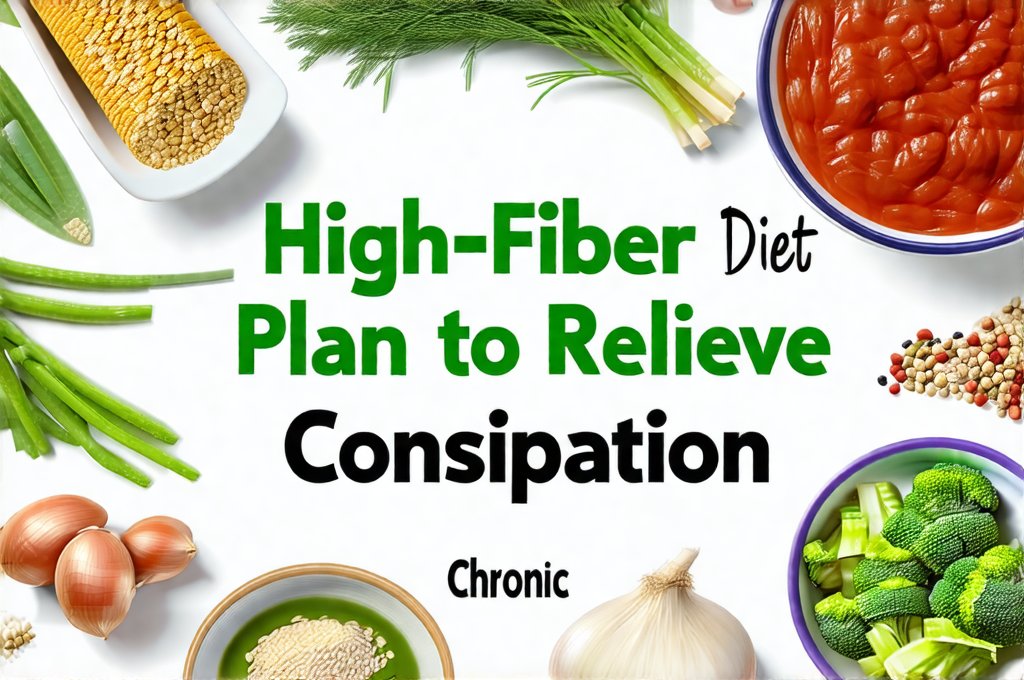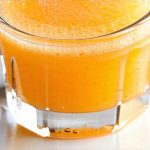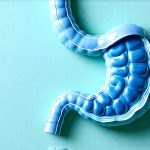Chronic constipation isn’t merely an inconvenience; it’s a widespread condition impacting quality of life for millions. Often dismissed as a minor issue, persistent difficulty emptying the bowels can lead to discomfort, bloating, fatigue, and even more serious complications over time. Many individuals resort to laxatives as a quick fix, but these don’t address the underlying causes and can sometimes create dependency. A thoughtfully designed high-fiber diet plan offers a natural, sustainable approach to restoring bowel regularity and improving overall digestive health – one that focuses on nourishing your body rather than simply forcing a result.
The key to alleviating chronic constipation lies in understanding the role of dietary fiber. Fiber adds bulk to stool, making it easier to pass, while also softening its consistency. However, it’s not just how much fiber you consume but also what kind. Different types of fiber provide different benefits, and a balanced approach is crucial for optimal results. Furthermore, adequate hydration is paramount; water helps the fiber work effectively and prevents further constipation. This plan isn’t about restrictive dieting; it’s about making informed food choices that support your digestive system and promote long-term well-being. If you are experiencing digestive issues related to grains, consider exploring how inflammatory reactions to certain foods.
Understanding Fiber and Its Role in Constipation Relief
Fiber exists in two primary forms: soluble and insoluble. Soluble fiber dissolves in water, forming a gel-like substance that slows down digestion, helping regulate blood sugar levels and lower cholesterol. Good sources include oats, beans, apples, and citrus fruits. It’s particularly helpful for softening stool. Insoluble fiber, on the other hand, doesn’t dissolve in water but adds bulk to the stool, speeding up its passage through the digestive tract. Whole grains, vegetables like broccoli and cauliflower, and nuts are rich in insoluble fiber. A healthy diet incorporates both types of fiber for a balanced approach to gut health.
Increasing your fiber intake too quickly can actually worsen constipation and cause bloating or gas. It’s essential to gradually increase consumption over several weeks, allowing your digestive system time to adjust. Simultaneously increasing water intake is vital – aim for at least eight glasses of water per day. This will help the fiber absorb water, creating softer, easier-to-pass stools. Ignoring hydration while increasing fiber is a common mistake that can negate the benefits. For those who find themselves struggling with constipation after dietary changes such as going grain free, exploring constipation after transitioning to a new diet might be helpful.
Finally, consider that individual tolerance levels vary significantly. What works well for one person may not work as effectively for another. Experimenting with different fiber sources and monitoring your body’s response is key to finding what suits you best. Paying attention to how foods affect your digestive system will empower you to make informed choices and maintain long-term regularity. If dietary changes are difficult to manage alongside other health conditions, maintaining a balanced diet can be challenging but important for overall wellness.
A Sample High-Fiber Diet Plan
This plan focuses on incorporating fiber-rich foods throughout the day, along with adequate hydration. It’s designed as a starting point; feel free to adjust portion sizes and food choices based on your personal preferences and tolerance. Remember to increase fiber gradually!
Breakfast: Oatmeal (1/2 cup dry) with berries (1/2 cup) and a sprinkle of chia seeds (1 tbsp). Drink a full glass of water alongside it.
Lunch: Large salad with mixed greens, chickpeas (1/2 cup), chopped vegetables (cucumber, carrots, bell peppers), and a light vinaigrette dressing. Include a slice of whole-wheat bread. Water throughout the meal.
Dinner: Baked sweet potato with black beans (1/2 cup) and steamed broccoli (1 cup). A small portion of lean protein like grilled chicken or fish can be added. Again, water is essential.
Snacks: Apple slices with almond butter, a handful of almonds, or a small container of yogurt with berries.
This plan provides approximately 30-40 grams of fiber per day – the recommended daily intake for adults. It’s important to note that these are just suggestions and should be tailored to your individual needs. Listen to your body and adjust accordingly. Don’t forget to prioritize whole, unprocessed foods over refined options whenever possible. A high-fiber diet can provide significant relief from constipation symptoms.
Incorporating Fiber-Rich Foods into Your Daily Routine
One simple way to boost fiber intake is to swap white bread, rice, and pasta for their whole-grain counterparts. Whole grains contain significantly more fiber than processed versions. Similarly, choosing fruits and vegetables with the skin on (where edible) increases your fiber consumption. For example, an apple eaten with its peel provides considerably more fiber than a peeled apple.
Beyond swapping ingredients, consider adding fiber-rich foods to meals whenever possible. Sprinkle flaxseeds or chia seeds onto cereal, yogurt, or smoothies. Add beans to soups, salads, or stews. Snack on raw vegetables like carrots and celery sticks instead of processed snacks. These small changes can add up over time and make a significant difference in your overall fiber intake.
Furthermore, reading food labels is crucial for understanding the fiber content of packaged foods. Aim for products with at least 3-5 grams of fiber per serving. Be mindful that some processed foods may contain added fiber; while these can contribute to your daily intake, they shouldn’t be relied upon as a primary source of fiber. If you find yourself struggling with constipation due to limited food choices or a low variety in daily diet, consider expanding your dietary horizons.
The Importance of Hydration Alongside Fiber Intake
As mentioned earlier, water is essential for fiber to work effectively. Without adequate hydration, fiber can actually worsen constipation by creating harder stools that are more difficult to pass. Aim for at least eight glasses (64 ounces) of water per day, and even more if you’re physically active or live in a hot climate.
Pay attention to your body’s signals of thirst and drink water throughout the day, not just when you feel thirsty. Carry a reusable water bottle with you as a reminder to stay hydrated. Other beverages like herbal tea and clear broth can also contribute to your daily fluid intake, but avoid sugary drinks and excessive caffeine, which can be dehydrating.
A helpful tip: drinking a glass of water before meals can help soften stools and prepare your digestive system for food. It’s also beneficial to drink water after consuming fiber-rich foods to ensure proper hydration and absorption.
Addressing Potential Side Effects and Seeking Further Help
While a high-fiber diet is generally safe and effective, some individuals may experience temporary side effects such as bloating, gas, or abdominal discomfort, especially when increasing fiber intake rapidly. These symptoms usually subside within a few days or weeks as your digestive system adjusts. If these symptoms persist or become severe, consult with a healthcare professional.
If dietary changes alone don’t alleviate chronic constipation, it’s important to rule out any underlying medical conditions. Certain medications, neurological disorders, and hormonal imbalances can contribute to constipation. A doctor can assess your individual situation and recommend appropriate treatment options if necessary. Remember, this plan is meant to supplement, not replace, professional medical advice. If you have concerns about your health, always consult with a qualified healthcare provider.


















